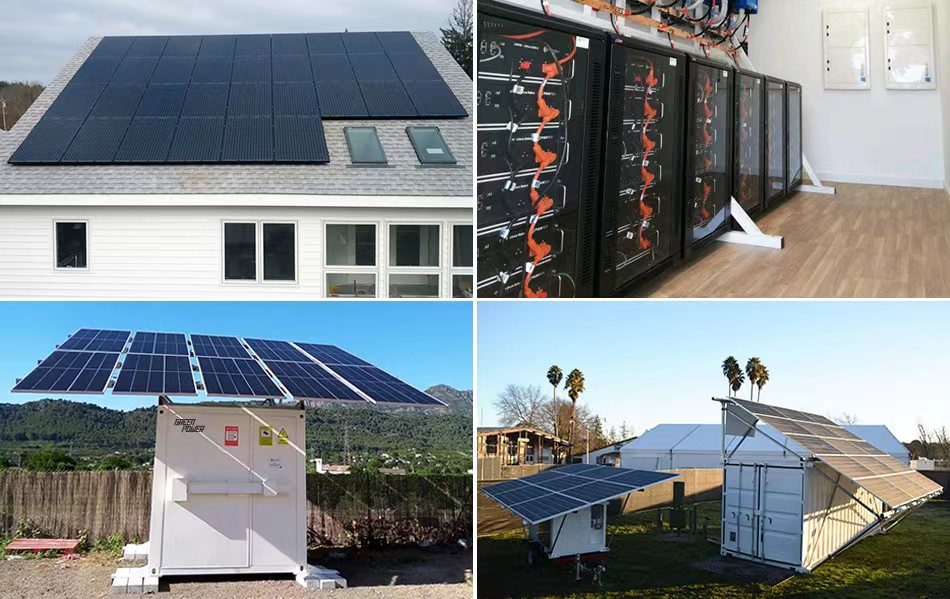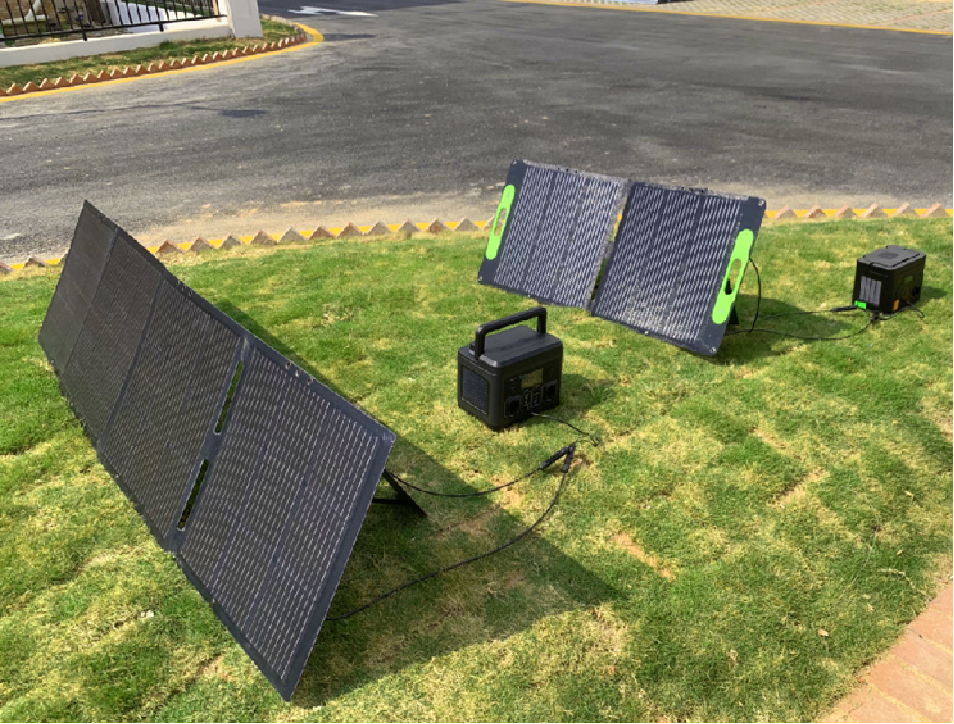Introduction: There's a common misconception among those unfamiliar with solar power plants: the belief that ample summer sunlight implies higher solar power generation. However, in reality, the seasonal power generation ranking for distributed solar power plants is spring, autumn, summer, and winter.
Factors Affecting Power Generation: While summer boasts abundant sunlight, factors such as high temperatures, humidity, heavy rainfall, and frequent adverse weather can impact power generation. The daily power generation of a solar power plant is influenced by local sunlight intensity, module orientation, installation angle, and seasonal weather conditions. Key factors include irradiance and ambient temperature. The negative temperature coefficient of solar modules results in a decrease in peak power as temperature rises.
Photovoltaic Panel Types and Characteristics: There are various types of photovoltaic panels, each with different conversion rates. For instance, cell series modules experience a 0.42% reduction in peak power for every 1-degree increase in working temperature under specific conditions. Understanding these characteristics is crucial for optimizing off-grid solar systems.
- Monocrystalline Silicon Photovoltaic Panels: High conversion efficiency, suitable for limited spaces, but relatively high cost.
- Polycrystalline Silicon Photovoltaic Panels: Cost-effective, suitable for large-scale applications.
- Thin-Film Photovoltaic Panels: Lightweight and flexible but comparatively lower conversion efficiency.
Innovations and PERC Performance in Tesla Solar: As a leader in the solar energy industry, Tesla's solar systems are renowned for their innovation and efficiency. Tesla's solar tiles not only function as solar power-generating equipment but are also an integral part of building structures, resembling traditional roof tiles. This integrated design enhances both aesthetics and system efficiency. Moreover, Tesla employs PERC (Passivated Emitter Rear Cell) technology, further enhancing the performance of solar panels. PERC technology adds a special passivation layer on the back of solar cells, improving light absorption and electron transfer efficiency, ensuring higher power generation even in high-temperature environments.
Impact of High Temperatures: High temperatures not only reduce power generation but also lead to the hot spot effect, impacting component lifespan. The hot spot effect occurs when certain modules act as loads, consuming energy generated by other illuminated modules, significantly increasing the temperature of solar cell modules and being a primary cause of reduced lifespan and potential long-term component failure.
PID Effect and Inverter Efficiency: High temperatures trigger the Potential-Induced Degradation (PID) effect, causing potential-induced attenuation and performance decline. Additionally, high environmental temperatures affect the efficiency of photovoltaic inverters. Inverters contain internal components with rated operating temperatures. If the ambient temperature is high, and the inverter is running at full power, inadequate heat dissipation can lead to a rapid temperature increase. Poor heat dissipation may cause the inverter to stop working, accelerate component aging, and shorten the machine's lifespan. High temperatures may also result in the inverter being protected by over-temperature and load reduction, affecting power generation.
Optimizing Off-Grid Solar Systems: To maximize the efficiency of off-grid solar systems and solar battery systems, it's crucial to consider the type of photovoltaic panel, conversion rate, and the impact of temperature on power generation. Understanding these subtle differences ensures better performance and lifespan, dispelling the misconception that "higher temperatures mean more power generation."
Conclusion: Contrary to popular belief, "higher temperatures mean more power generation" is a misconception. Understanding the characteristics of photovoltaic panels and their response to temperature fluctuations is crucial for optimizing off-grid solar systems, improving overall efficiency, and promoting sustainable solar power generation. Tesla's innovations in solar technology, coupled with the implementation of PERC, provide a new direction for the future development of photovoltaic technology.
If you're interested in learning more about our solar energy storage offerings, we encourage you to explore our product line. We offer a range of panels and battery that are designed for various applications and budgets, so you're sure to find the right solution for your needs.
Website:www.fgreenpv.com
Email:Info@fgreenpv.com
WhatsApp:+86 17311228539
Post time: Dec-19-2023













